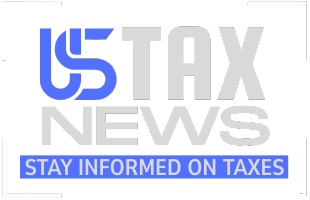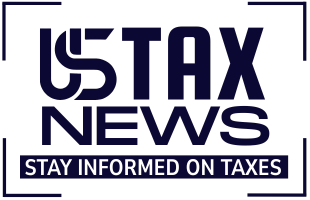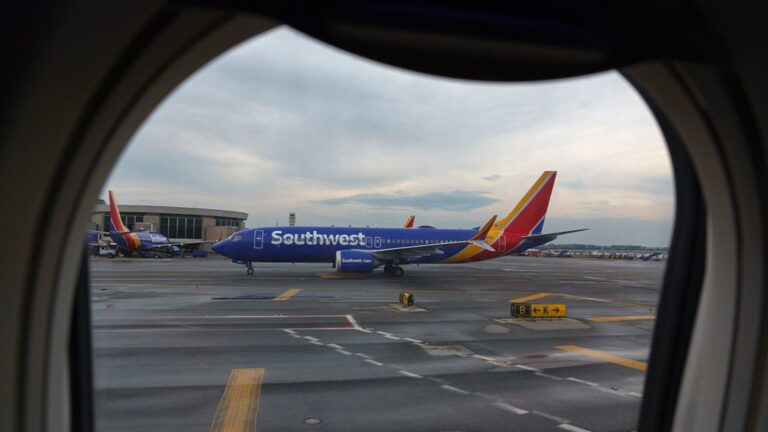A Southwest Airlines Boeing 737 taxis at Ronald Reagan Washington National Airport on May 16, 2025 in Arlington, Virginia.
Kevin Carter | Getty Images
Southwest Airlines on Wednesday posted second-quarter earnings and revenue that fell short of Wall Street’s estimates but said travel demand has stabilized, echoing other airlines in recent weeks.
The airline also announced a new $2 billion share buyback.
Here’s how Southwest performed in the second quarter compared with Wall Street expectations, according to consensus estimates from LSEG:
Earnings per share: 43 cents adjusted vs. 51 cents expectedRevenue: $7.24 billion vs. $7.3 billion expected
The carrier pulled its 2025 guidance in April, citing economic uncertainty in the U.S. Like other airlines, Southwest said it would cut flights during off-peak periods as carriers grappled with weaker domestic travel demand than expected at the start of the year. CEO Bob Jordan told CNBC last month that there has been more discounting this summer, which is generally the busiest travel period of the year.
Southwest expects its third-quarter unit revenue, a gauge of airlines’ pricing power, to range between a 2% drop to a 2% increase over the same July-through-September period of 2024.
The airline has been overhauling its business model, getting rid of blanket policies like two free checked bags for all customers and moving from open seating to assigned seats and new boarding orders, which the carrier announced on Monday.
Southwest said sales of basic economy suffered on its website after it launched the restrictive new fares in May. It said they have since returned to “expected levels” but that it hurt its unit revenue in the second quarter by a half a point and would hurt unit revenue by about a point in the third quarter.
Southwest posted net income of $213 million, or 39 cents a share in the second quarter, down 42% over last year, on sales of $7.24 billion, 1.5% lower than a year earlier. Adjusting for one-time items, Southwest’s second-quarter earnings were $230 million, or 43 cents a share, down 38% from last year.
Passenger revenue per seat mile came in at $14.10, below the $14.19 that Wall Street had expected, according to Street Account.


